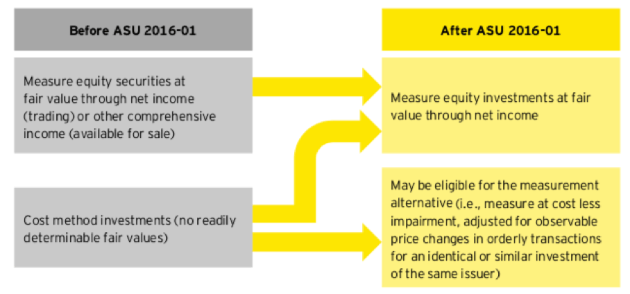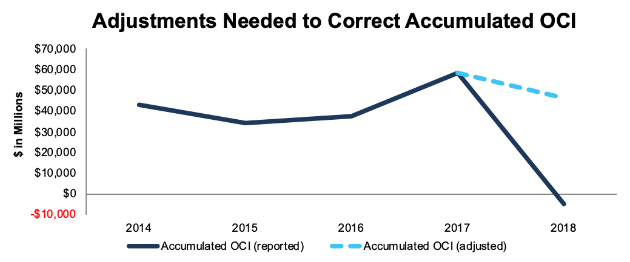


ASU 2016-09 requires companies to classify the cash paid to a tax authority when shares are withheld to satisfy their statutory income tax withholding obligation as a financing activity on the statement of cash flows. An employer with a statutory income tax withholding obligation will now be allowed to withhold shares with a fair value up to the amount of taxes owed using the maximum statutory tax rate in the employee’s applicable jurisdiction(s). Furthermore, ASU 2016-09 will increase the amount an employer can withhold to cover income taxes on awards and still qualify for the exception to liability classification for shares used to satisfy the employer’s statutory income tax withholding obligation. ASU 2016-09 also requires companies to present excess tax benefits as an operating activity on the statement of cash flows rather than as a financing activity. In addition, ASU 2016-09 eliminates the requirement that excess tax benefits be realized before companies can recognize them. Instead, they will record all excess tax benefits and tax deficiencies as income tax expense or benefit in the income statement and the APIC pools will be eliminated. Under ASU 2016-09, companies will no longer record excess tax benefits and certain tax deficiencies in additional paid-in capital (“APIC”).
#Asu 2016 01 example footnotes update
In March 2016, the Financial Accounting Standards Board ("FASB") issued Accounting Standards Update ("ASU") 2016-09, Compensation-Stock Compensation (Topic 718): Improvements to Employee Share-Based Payment Accounting.
#Asu 2016 01 example footnotes full
These condensed consolidated financial statement results are not necessarily indicative of results to be expected for the full fiscal year or any future period. Certain information and footnote disclosures normally included in the Company’s annual financial statements prepared in accordance with GAAP have been condensed or omitted. In the opinion of management, the unaudited interim condensed consolidated financial statements reflect all adjustments, which include only normal recurring adjustments necessary for the fair statement of the balances and results for the periods presented. Accordingly, they do not include all of the information and footnotes required by GAAP for complete financial statements. The accompanying unaudited interim condensed consolidated financial statements have been prepared in accordance with generally accepted accounting principles in the United States of America (“GAAP”) for interim financial information and the instructions to Form 10-Q and Article 10 of Regulation S-X.


 0 kommentar(er)
0 kommentar(er)
